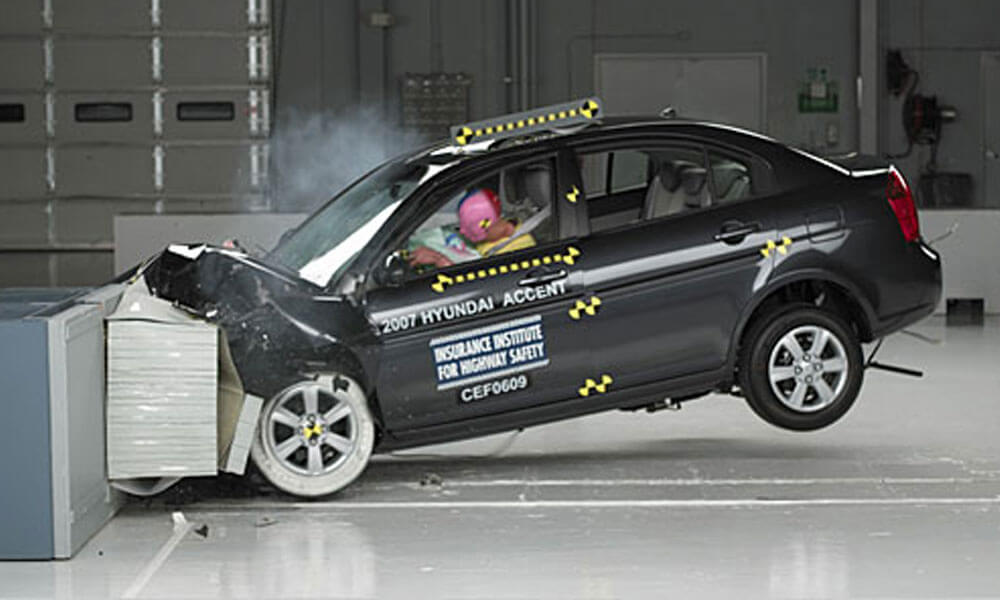
A Guide to Understanding Vehicle Safety Ratings and Their Importance
When it comes to purchasing a new vehicle, safety should be a top priority. Vehicle safety ratings provide valuable information about the crashworthiness of a vehicle and its ability to protect occupants in the event of a collision. Understanding these ratings and their significance can help you make an informed decision when choosing a new vehicle.
What are Vehicle Safety Ratings?

Vehicle safety ratings are assessments of a vehicle’s crashworthiness and overall safety. These ratings are determined by government agencies, such as the National Highway Traffic Safety Administration (NHTSA), and independent organizations, such as the Insurance Institute for Highway Safety (IIHS).
The NHTSA conducts crash tests and rates vehicles on a five-star scale based on their performance in frontal, side, and rollover crashes. The IIHS conducts several tests, including a moderate overlap front test, a small overlap front test, a side test, and a roof strength test. Vehicles are rated as either “good,” “acceptable,” “marginal,” or “poor” based on their performance in these tests.
Why are Vehicle Safety Ratings Important?
Vehicle safety ratings provide valuable information about a vehicle’s ability to protect occupants in the event of a collision. A high safety rating indicates that a vehicle is less likely to sustain serious damage in a crash and that occupants are less likely to be injured or killed.
Additionally, some insurance companies may offer discounts for vehicles with high safety ratings. This is because these vehicles are less likely to be involved in accidents, resulting in fewer claims and lower insurance costs.
How to Use Vehicle Safety Ratings When Choosing a Vehicle

When choosing a new vehicle, it’s essential to consider its safety ratings. Look for vehicles with high safety ratings from both the NHTSA and the IIHS. Vehicles that receive a five-star rating from the NHTSA and a “good” rating from the IIHS are the safest options.
It’s also important to consider the specific safety features included in the vehicle. Look for features such as airbags, seat belts, electronic stability control, and anti-lock brakes. These features can help prevent accidents and reduce the severity of injuries in the event of a crash.
Conclusion
Vehicle safety ratings are an essential tool for anyone in the market for a new vehicle. Understanding these ratings and their significance can help you make an informed decision and choose a vehicle that will protect you and your passengers in the event of a collision. When choosing a new vehicle, always look for those with high safety ratings and advanced safety features.




